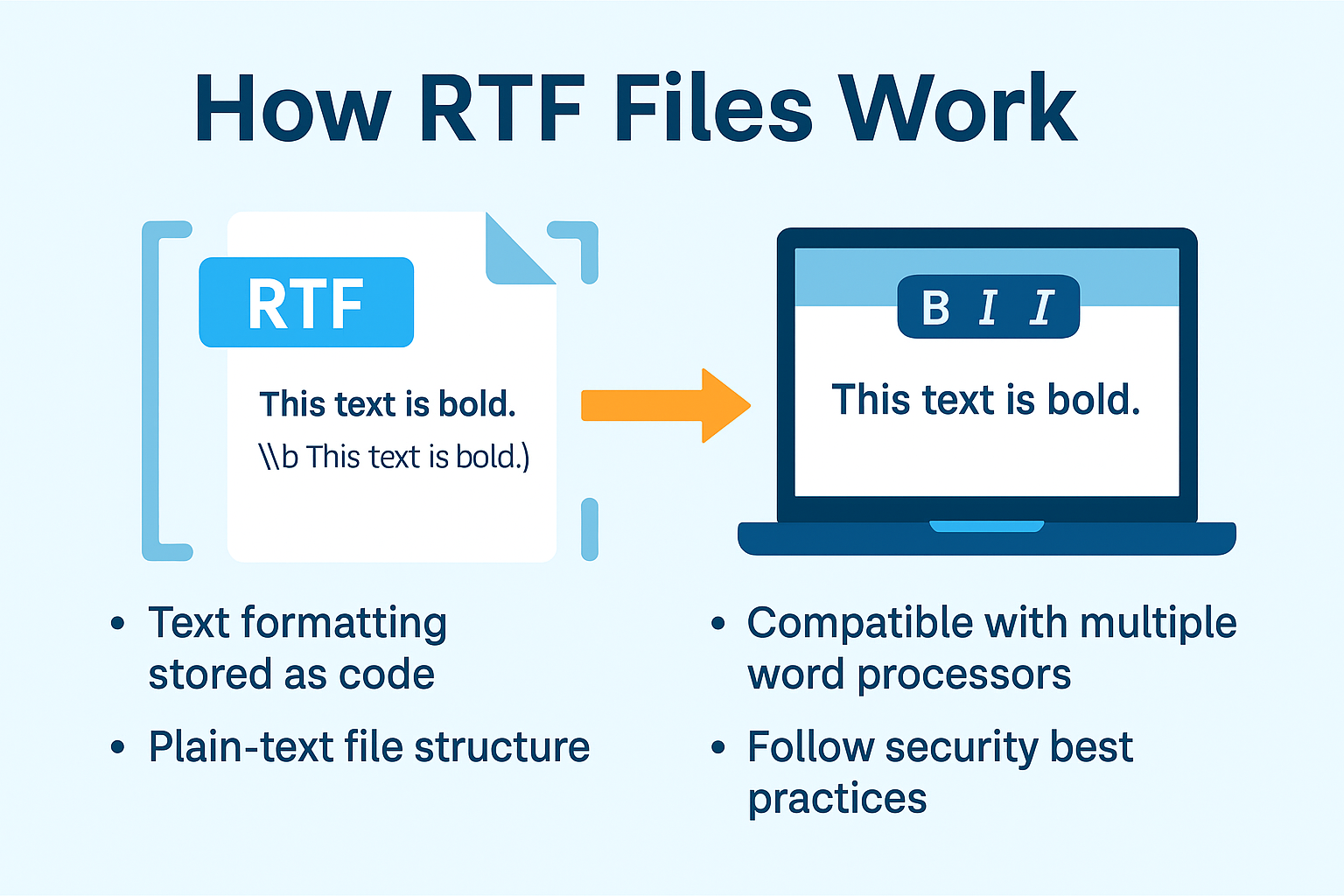What Does UX Stand For? A Complete Guide for Business Leaders
Updated on October 6, 2025, by Xcitium

Have you ever abandoned a website because it was too slow, confusing, or frustrating to use? If so, you’ve experienced poor UX. But what does UX stand for? UX stands for User Experience, and it refers to the overall experience someone has when interacting with a product, service, or system.
Introduction: Why UX Is More Than Just Design
In today’s world—where cybersecurity, IT infrastructure, and customer engagement all intersect—UX plays a critical role. From how secure logins feel for employees to how executives interact with enterprise dashboards, good UX can improve productivity, reduce risks, and increase trust.
This guide explores the meaning of UX, why it matters for industries like online security, and how IT managers and business leaders can leverage it effectively.
What Does UX Stand For?
At its core, UX stands for User Experience. Coined by Don Norman in the 1990s, UX goes beyond aesthetics. It encompasses usability, accessibility, functionality, and emotional satisfaction when using a product or service.
👉 In simple terms: UX is about making interactions easy, secure, and enjoyable for users.
Why UX Matters in Cybersecurity and IT
Most people associate UX with websites or apps, but for IT managers and cybersecurity leaders, UX is equally important. Complex, hard-to-use systems can lead to security risks. For example:
-
Employees may reuse weak passwords if authentication is too frustrating.
-
CEOs may ignore critical dashboards if data is poorly displayed.
-
IT teams may struggle with security tools that lack intuitive interfaces.
Strong UX ensures that security practices are followed, systems are adopted, and business operations run smoothly.
Key Components of UX
Understanding what UX stands for requires looking at its core elements:
-
Usability – How easy it is to accomplish tasks.
-
Accessibility – Ensuring all users, including those with disabilities, can interact effectively.
-
Performance – Speed and reliability of the system.
-
Security Experience – Protecting users without frustrating them.
-
Visual Design – Layout, clarity, and branding.
-
Consistency – Seamless experience across devices and platforms.
UX vs UI: What’s the Difference?
Many confuse UX with UI (User Interface).
-
UX (User Experience): The overall journey of the user.
-
UI (User Interface): The visual design and layout users interact with.
👉 Example: A login form with multi-factor authentication (MFA) is UI. The fact that MFA is quick, clear, and doesn’t frustrate employees is UX.
Business Benefits of Good UX
For IT managers, CEOs, and cybersecurity professionals, investing in UX provides tangible returns:
-
✅ Higher Adoption Rates – Employees use secure tools effectively.
-
✅ Reduced Security Risks – Users follow safer practices when systems are easy.
-
✅ Customer Trust – Clients feel confident in using services.
-
✅ Efficiency Gains – Less time wasted navigating complex systems.
-
✅ Competitive Advantage – Businesses with strong UX outperform those with clunky systems.
Examples of UX in Cybersecurity and IT
-
Password Managers – UX matters in making password generation and autofill seamless.
-
Endpoint Security Dashboards – Clear alerts and reports empower IT managers.
-
CEO Dashboards – Simple, visual summaries help decision-makers act quickly.
-
VPN Apps – One-click secure connections make adoption easier.
👉 These examples highlight how UX directly influences security compliance and business efficiency.
How to Improve UX in IT and Security Systems
Improving UX doesn’t just mean redesigning—it means rethinking workflows.
1. Simplify Authentication
-
Use Single Sign-On (SSO) and MFA that are fast and intuitive.
2. Optimize Dashboards
-
Present data clearly with visualizations.
-
Prioritize critical alerts to avoid information overload.
3. Focus on Accessibility
-
Ensure compatibility with assistive technologies.
-
Adopt inclusive design for diverse user needs.
4. Train Employees
-
UX isn’t only design—it’s how users interact.
-
Offer training so employees understand tools better.
5. Gather Feedback
-
Conduct surveys and usability testing.
-
Involve employees and customers in UX improvements.
Common UX Mistakes to Avoid
Even well-intentioned IT managers make mistakes when considering UX:
-
❌ Overloading systems with too many security prompts.
-
❌ Designing dashboards that bury critical alerts.
-
❌ Failing to consider mobile usability.
-
❌ Ignoring accessibility for disabled users.
-
❌ Assuming UI improvements alone equal good UX.
The Future of UX in Cybersecurity and Business
As technology evolves, UX will continue to shape digital transformation. Key trends include:
-
AI-Driven UX: Systems adapting to user behavior in real-time.
-
Voice Interfaces: Reducing typing and navigation barriers.
-
Passwordless Authentication: Biometrics replacing traditional logins.
-
Zero Trust Security with Better UX: Stronger controls that remain seamless.
👉 Businesses that combine strong security with smooth UX will stay ahead of competitors.
FAQs: What Does UX Stand For?
1. What does UX stand for in business?
UX stands for User Experience, the quality of interactions customers or employees have with a product or service.
2. How is UX different from UI?
UI refers to the interface design, while UX is the overall experience, including ease of use, accessibility, and satisfaction.
3. Why does UX matter in cybersecurity?
If security tools are hard to use, employees may bypass them, creating risks. Good UX ensures compliance and safety.
4. Can UX improve productivity?
Yes. Clear dashboards, easy workflows, and fast tools save time and reduce errors.
5. Who is responsible for UX in an organization?
Everyone—from IT managers to designers and executives—should prioritize UX, especially in systems critical to security.
Conclusion: UX as a Strategic Advantage
So, what does UX stand for? It stands for User Experience, the cornerstone of effective design, security, and productivity. For IT managers, CEOs, and cybersecurity professionals, UX isn’t just about aesthetics—it’s about making systems secure, efficient, and easy to use.
By prioritizing UX, organizations build trust, enhance compliance, and improve both employee and customer satisfaction. In today’s digital-first world, UX isn’t optional—it’s a strategic advantage.
👉 Ready to strengthen both security and usability? Request a Demo Today
















